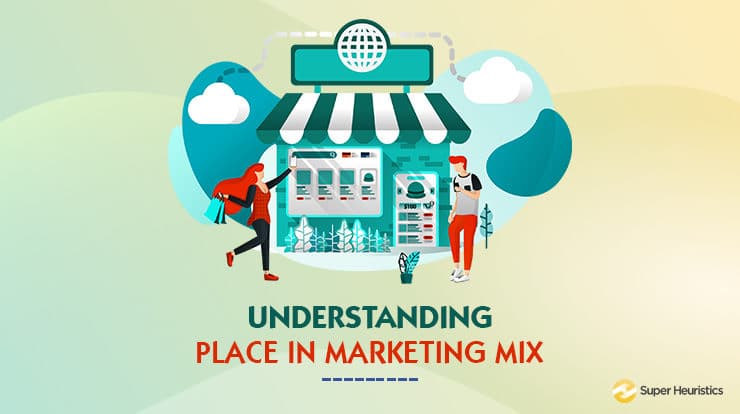
You might have the perfect product that will satisfy your customers’ need and offer high value. But unless you don’t have a process to make the product available for purchase in the consumer’s market, you won’t do sales and won’t earn profit, which is the core motivation behind any business model. Here is where I will introduce to you the concept of place in marketing mix.
We do know at this stage that place is an element in the 4Ps of marketing mix, along with product, price and promotion. Also, marketing a product needs a close interplay between all crucial factors that form the extended 7Ps of marketing mix.
Now let me instil the thought behind today’s agenda in your mind through a series of questions.
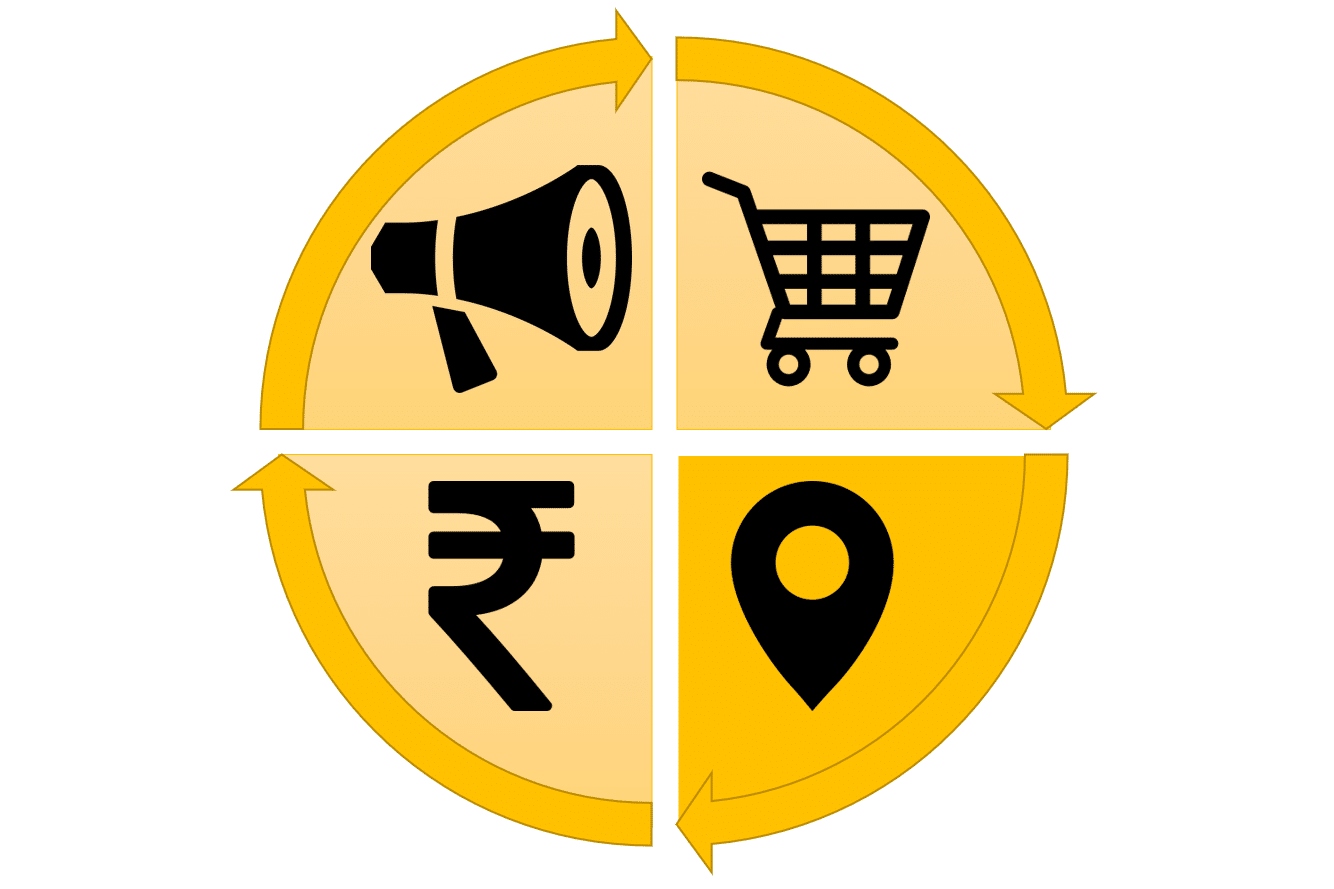
What do you do when you want to buy groceries? Where do you go to buy a piece of furniture or a car? How do electric power generation companies procure machinery and equipment to setup a power plant?
Place in marketing mix strategy can be understood as the means by which a product reaches the end consumer. In today’s interaction, we will understand what constitutes Place in marketing mix. But before that, here’s a quick overview of what all you’ll learn about Place in marketing mix.
Also Read: Product in Marketing Mix
The Significance of Place in Marketing Mix
Think about any product or commodity that you use, say pulses in your meal. How do farmers growing lentils transport their produce so that it reaches consumers?
Or consider the electronic device we are interacting on; it was delivered to you through a network of intermediates which made the product (your laptop or smartphone) available for purchase, say on Amazon, during the Diwali sale, and delivered it at your doorstep.
Being marketers, let’s view the situation from the marketer’s perspective. What are the steps to a successful marketing campaign? Or, how to achieve the desired target of sales growth for your product? Together we will answer all these questions that might be probing your mind as we go ahead.
To begin with, companies manufacture or produce products to sell to consumers. They price these products fairly based on factors like the value delivered. Next, through promotional strategies, awareness and interest is created in the target audience’s mind.

But, after all these steps, when does the actual sales happen? What do manufacturers do to keep the revenues flowing in and to generate brand loyalty? Here I will introduce to you the concept of Place in marketing mix strategy.

Marketing Concepts Mastery Course
Learn the essential marketing concepts. Create the best outcomes from MBA without depending on placements!
Understand the 4Ps and 7Ps of Marketing, BCG Matrix, SWOT Analysis, Ansoff Matrix and many other important marketing frameworks just like an expert MBA professional would. Solidify your concepts while building a personal brand in marketing.
But what is Place in Marketing Mix?
The element Place in marketing mix strategy ensures the availability of product to the intended end consumer. We need to ensure 3 specific aspects of availability –
These days products are not sold just offline in retail stores, wholesale markets and community marketplaces. An exponential increase in online purchase of a wide range of goods in predominant through websites, online stores, and e-commerce interfaces.
Simply put, place in 4Ps of marketing means the methods by which a product is transported from the producer along a series of intermediaries to be delivered to the intended end user or customer.
Now the next obvious question in your mind is: how does product reach the market? Let me introduce you to the concept of distribution channels.
Distribution
Place in marketing mix, in layman terms, means distribution. This is because the place of production isn’t the same as the place of consumption. Companies establish processes to implement distribution methods to overcome this gap between manufacturers and consumer marketplace.
Product can be distributed by company in various ways. And this may involve various stakeholders at different levels.
Direct Distribution
This means the producer makes product available in consumer market and performs sales by self. Consider an IT company implementing an ERP system for order processing for a regional food franchise. The IT firm will deliver the customized product to the food joint, which will directly utilize the benefits of the ERP system for its daily operations and strategic planning.
Firms shipping directly to customers need to manage own logistics systems, warehousing and resources. Due to the one-to-one interaction between company and customer, firms focus on building customer loyalty through their relationships with different elements of the brand.
Though requirements are capital intensive, the distribution process itself, due to being shorter, incurs less per unit cost compared to other channels of distribution.
Indirect Distribution
By intuition, this involves various intermediaries in this process of distributing the product to the consumer market. These intermediaries are middlemen, including any number of levels from agents to wholesalers, distributors and retailers.
Consider the journey of a bar of Lux soap from its manufacturing plant in Dankuni, on the outskirts of Calcutta, to your local supermarket. The product, along with thousands of others, is shipped to a network of redistribution stockists across the country, which further distribute smaller quantities to retail outlets reaching the entire urban population. Often, even from these retail outlets, the stock is supplied to grocery stores, chemists, kiosks and general stores.
Apart from this channel of distribution, HUL also has relations with numerous channel partners who partner with self-service stores and supermarkets as a lower-level distribution channel.
Within indirect distribution, you can have multiple number of levels of distribution based on number of middlemen involved in the distribution process.
Elements of Distribution Mix
A product mix has numerous product levels of various product lines within the mix. Similarly, distribution mix has various elements which make product competitive in market.
Here are the elements of the distribution mix –
These parameters are also considered the crucial decision pointers required in the physical distribution process.
Also Read: Classification in Modern Markets
Managing Distribution Channels
How do we determine what is the most effective way to organize the distribution of our products?
As part of distribution strategy, I will introduce few common tried-and-tested strategies that ensure results.
Intensive Distribution
The technique is normally used to distribute low priced products or impulse purchases, like chips and chocolates. These typically have high sales and are available across most retail chains, and hence these products are found practically everywhere you go, from a local mom-ad-pop store to the supermarket.
Exclusive Distribution
It involves limiting distribution to a single outlet. This works for high priced products where a dealer is necessarily included in the distribution channel to drive sales. Automobile sales is the best example of exclusive distribution where sale happens only through exclusive dealers and dealing showrooms.
Selective Distribution
Common with items of wide variety and price points, such as electronics and home appliances, where consumers tend to shop around, a handful of retail outlets and chains drive the sales through distribution.
Internet as a Distribution Channel
Services such as repairing and cleaning affect service accessibility too, not through physical presence, but also through communication and contact. Internet as a distribution channel (of both products and services) has gained widespread popularity due to availability of data (to record and track).
Impact of Marketing Mix on Place
It is important to clarify here the reason why these 4Ps of marketing mix are all strategized and executed in total synchronization, and they are considered as ingredients of the perfect marketing campaign. The reason is that each element has a pivotal role, and there’s huge overlap in the interaction between various components of the marketing mix. Decisions of none of the elements happens in complete isolation without considering its impact on other interconnected components of the mix.
Let us look at how the other 3Ps affect and impact the distribution strategy.
Product Mix
Properties of the product being sold will impact the distribution channel and levels of intermediaries involved, such as transportation and handling processes.
Pricing
We discussed this concept in the earlier section of Distribution. Product must be priced based on customers’ Willingness To Pay (WTP). The WTP along with actual cost of production determine the margins for distribution.
So, for instance, since groceries do not allow a high margin per unit weight of produce transported to sell, choosing lesser intermediaries in the distribution channel will ensure higher profitability. So every stakeholder in the channel gets their cut at a reasonable cost to you (as a manufacturer/marketer). In India, marketplaces for agri-commodities distribute crop produce from farmers to distributors who directly supply to consumers or through retailer chains.
On the other hand, medicines have a huge gap between manufacturing costs and customer WTP. Hence drug companies have very long distribution channels, beginning from company-owned warehouses or ‘Clearing and Forwarding Agents’ (CFAs) to queues of stockists and retailers as intermediaries. Each intermediary is entitled to a specific cut to contribute to the channel.
Promotion Approach
The nature of a product impacts the way companies try to market or promote it. Perishable goods and commodities do not require a special distribution channel since they do not require company touchpoints impacting brand loyalty. However, selling a laptop will impact your brand perception and hence exclusive showrooms and company authorized retailers often sell high-end devices, with service offerings and extended warranties on parts or services offered to customers.

Case Analysis Blueprint Course
Use marketing concepts like these to solve business case studies with ease
Frameworks like the 4Ps of Marketing are extremely crucial to analyze the most complex case studies. Get to know how to analyze a marketing case study comprehensively in just 5 slides. Which means that the next time you need to analyze a case, you know exactly how to ace the case
Conclusion
Through various place in marketing mix examples, we understood the concept and importance of place in marketing mix. We began our interaction by defining the role of place in 4Ps of marketing. You will now appreciate the fact that place signifies the availability of a product in the consumer’s market. Based on different properties of products, variations in the core distribution mix of place is observed. For instance, FMCG products tend to be consumed faster, and hence shorter distribution channels are managed. However, non-perishables typically result from long-winded supply chains.
Next, we look at types of distribution channels and managing various distribution channels with an aim to improve customer loyalty. We looked at unconventional ways to distribute services in a marketplace. Finally, we close the discussion on a crucial aspect of how other elements of the marketing mix impact place.
While the distribution channel in itself is a vast marketing topic, I hope that you got some clarity in approaching this important aspect of the marketing mix.



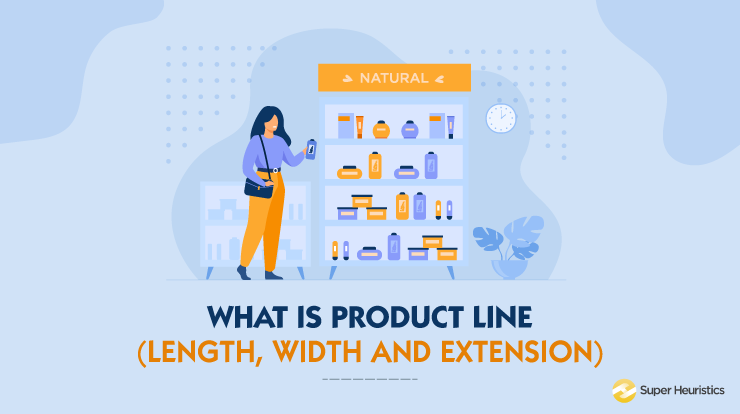
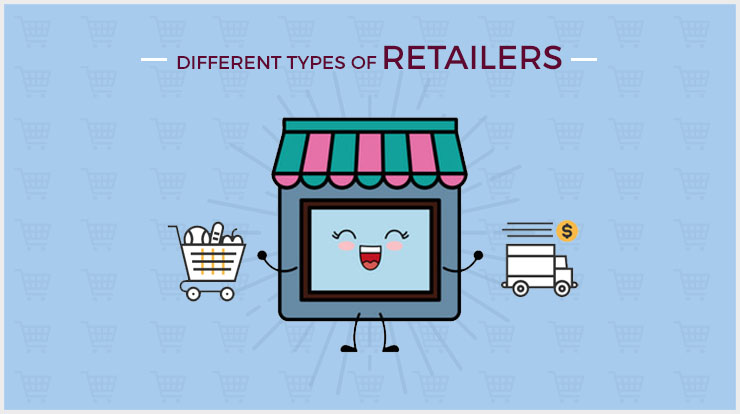

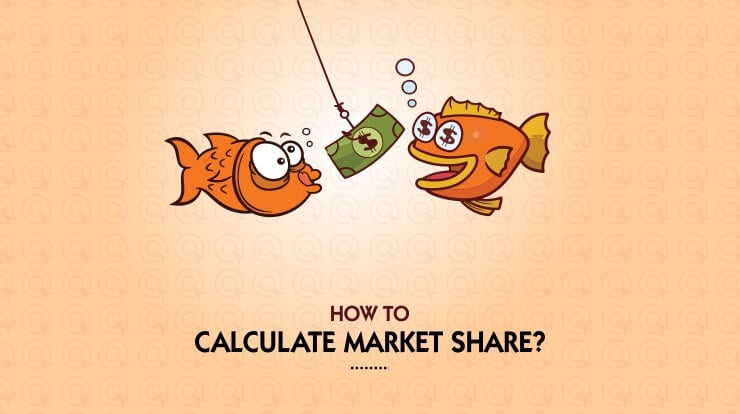

hi may i know did application have Place in Marketing Mix?